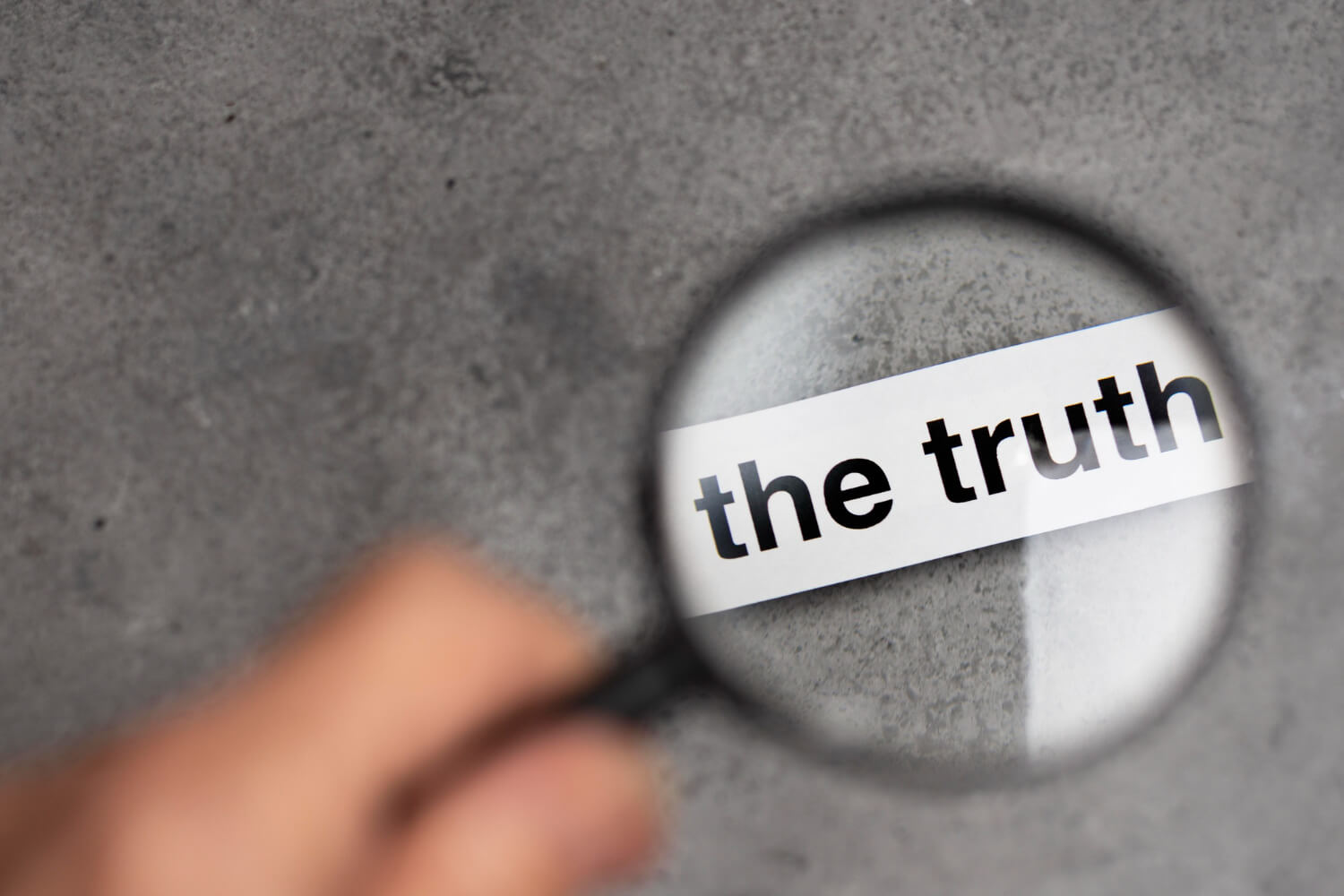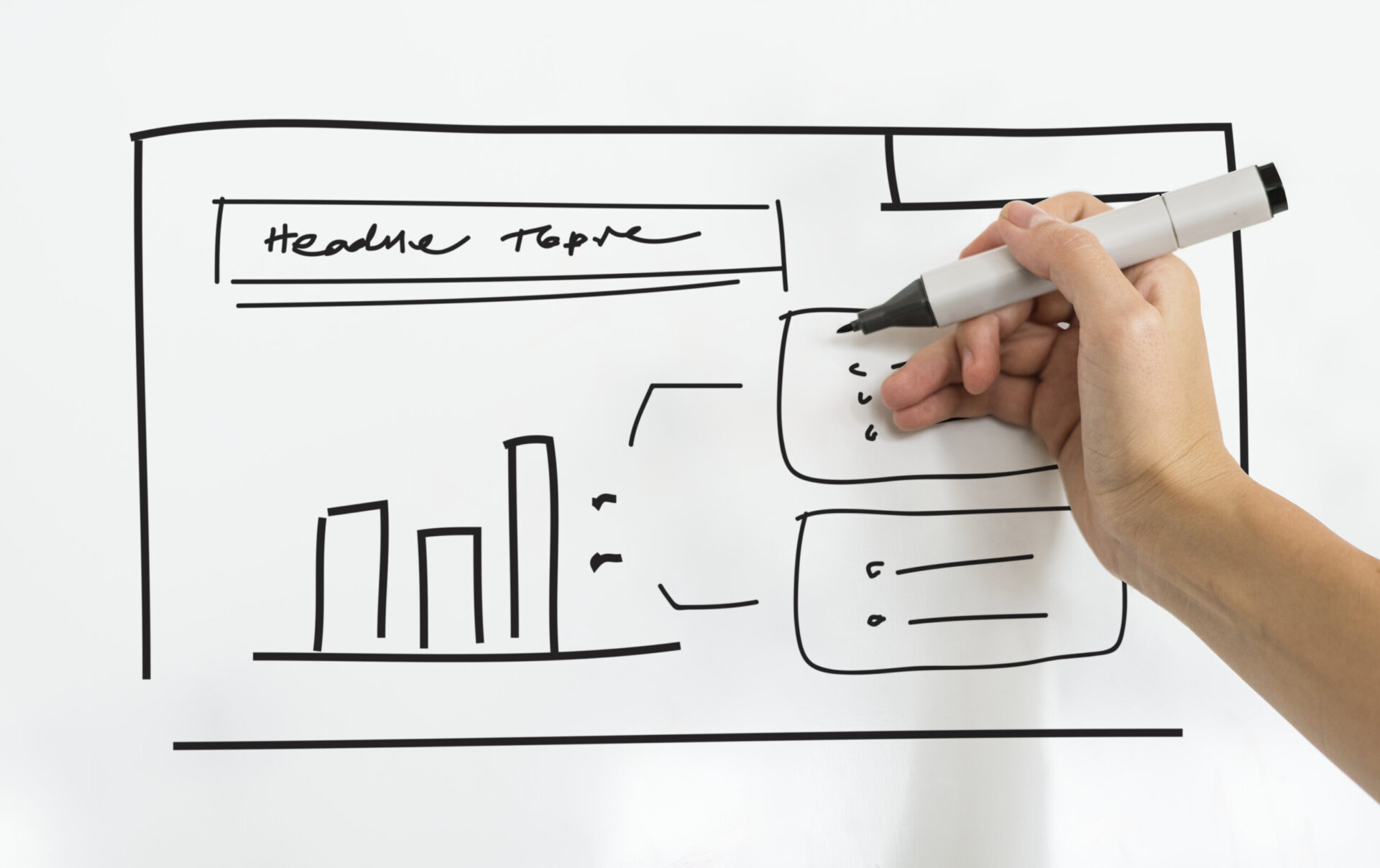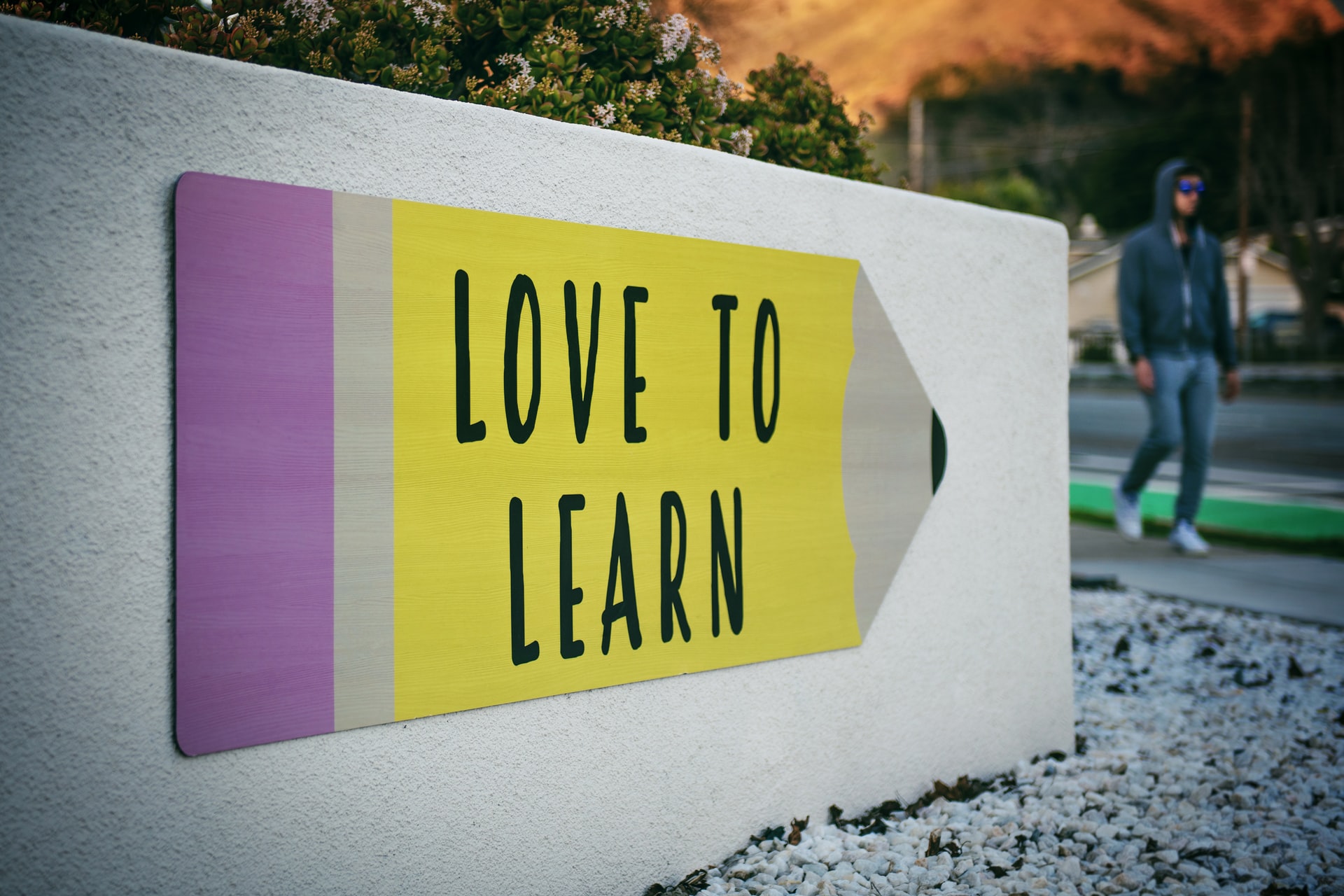Becoming A Technical Writer-Communicator Review
I am seeing there is still a great interest in people wanting to become Technical…
Our content is reader-supported. Things you buy through links on our site may earn us a commission
Never miss out on well-researched articles in your field of interest with our weekly newsletter.

Subscriber

I am seeing there is still a great interest in people wanting to become Technical…

A Technical Writer needs to create a Knowledge Community. How and why we need a…

Everyone gets stressed out at work no matter what your job function. As a Technical…

Trying to communicate technical information to various cultures is not as simple as others may…

‘Why?’ A Technical Writer possesses a lot of technical knowledge such as in software and…

Numerous types of processes (i.e., business processes) exist in many organizations. Processes specifically involve defining…

It is always good to do a review as some of us might have forgotten…

We don’t always realize it, but sometimes we are being told what to do visually.…

Story telling is useful, effective, and important when it comes to communication. You do not…

Good communication does not just involve the transfer of information from one entity to another.…

You have been given the task of setting up a plan to make sudden changes…

A whiteboard provides a form of visual communication for many businesses from healthcare to technology,…

How do you provide educational content? How do you know if it is valid and…

The previous content (Tips For A Business Plan – Part 1) defined and showed the…

How do you communicate a business plan? First, what is a business plan? It is…

Communicating electronically is widely used for businesses, education, heath, and individuals. All businesses big or…